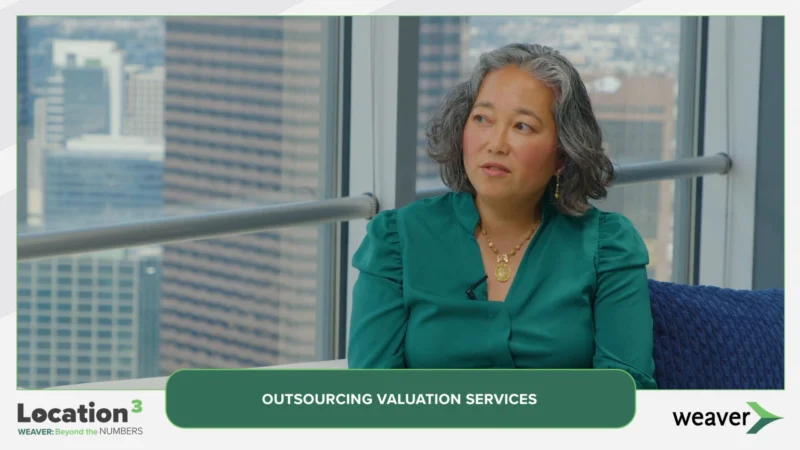Risk Mitigation Strategies for Major Capital Projects
Risk mitigation strategies play a key role in handling federal funds available for capital projects today. The Business of Government discusses the risks involved with such projects and offers strategies for mitigating those risks. Daniel Graves, Partner, Risk Advisory Services at Weaver, provides crucial insights and best practices for those in the government sector considering capital projects.
Graves has already seen an increase in construction activity from municipalities and other government entities. Much of the uptick is tied to infrastructure improvements as organizations have received new funding through the Infrastructure Investments and Jobs Act passed in November 2021. This is in addition to COVID relief funding that many organizations received in 2020 to upgrade facility and technology systems such as HVAC improvements and broadband networks.
“I think one of the biggest overtones to the current construction expansion has a lot to do with labor,” Graves said. “There are many shovel-ready projects, however, finding the labor and planning for the associated labor costs is a challenge when managing the risks associated with a capital project.”
Graves cautions project owners to be aware of reputational risks when using public funds for capital projects. Public-facing projects which use public funds can, and often do, come with public scrutiny. Fund management and a proper project strategy are critical. “No one wants to be on the side of a press release that says a taxpayer-funded project is over budget and behind schedule.”
Mitigating risk and eliminating fraud in a capital project is paramount. Still, human error can occur. Proper planning and bringing in the audit and engineering teams early in the process helps to maintain a smooth-running project, mitigate the opportunity for fraud and catch mistakes before they become costly errors. It’s important to remember that risk mitigation strategies are vital to the success of these endeavors.




